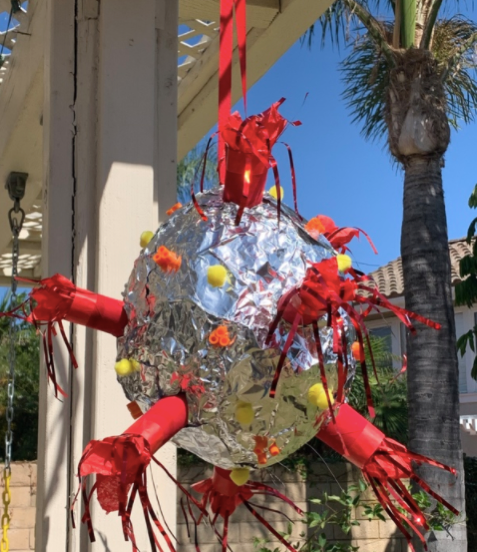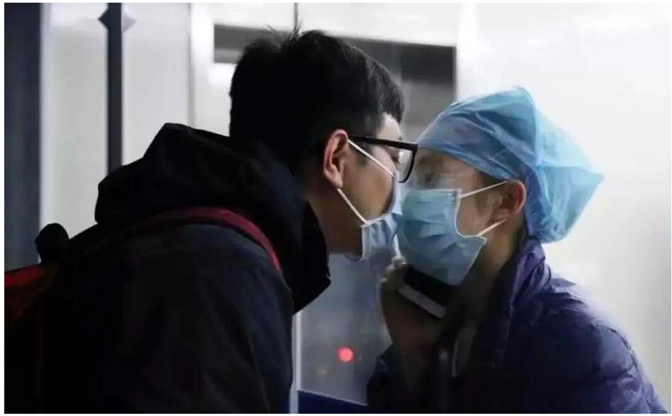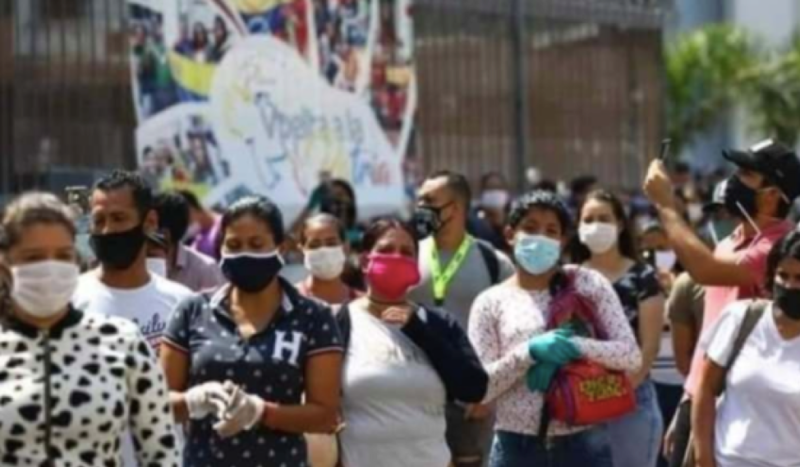Identifying and filling silences in a COVID-19 archive
30 September 2020 – Jordan Meyerl and Katy Kole de Peralta
Editors’ Note: This is the third of three essays about the COVID-19 collaborative archiving project A Journal of the Plague Year: The COVID-19 Archive. The first essay introduces the project. The second provides insights into teaching the Archive. This one addresses issues related to archival silences.
Archiving the “New Normal”
In March 2020, universities, schools, and businesses closed their doors and lurched into the “the new normal.” Arizona State University history professor Catherine O’Donnell asked public history colleagues to help students connect with the larger historical moment. It led to the creation of A Journal of the Plague Year: An Archive of COVID-19—or JOTPY for short—a digital, crowdsourced archive collecting pandemic stories. The project has provided an opportunity for people to archive their COVID-19 experiences. Yet archiving presents innumerable ways to include and, unfortunately, exclude people. Here is an overview of what we’re doing to recognize and reduce silences in the JOTPY archive.

Kathryn Jue, “Coronavirus Piñata,” May 26, 2020, JOTPY Archive.
Silences in the Archive and Ways to Fill Them
The pandemic stories show the routine and complicated ways that COVID-19 permeates our social, economic, cultural, and personal lives. In that way, the archive is true to its namesake: a Journal of the Plague Year. Yet, there are large gaps in the collection, resulting from the nature of the archive itself, its audience, and the challenge of collecting during a public health crisis.

“A Kiss Across the Glass,” shows Ying Chen, a healthcare worker in China, saying goodbye to her boyfriend. February 26, 2020, JOTPY Archive.
Since JOTPY’s inception, the curatorial team has carefully considered a number of concerns, one of the most prevalent being archival silences. Archival silences are gaps, omissions, or even erasures within an archival narrative that exclude marginalized groups while simultaneously limiting their access to and presence within the larger historical narrative. Given the global nature of the archive, the potential for silences increases. Whether purposeful or incidental, archival silences favor those with power and resources. This perpetuates existing structures that continue to oppress marginalized groups, non-English-speaking audiences, and—especially in the case of a digital archive—those with limited digital technologies or internet connectivity.
To address these challenges, first, the JOTPY curatorial team creates specialized collections intended to mitigate archival silences. Curators actively review items uploaded to the archive, add metadata, and make submissions public and searchable. After completing this process, they know better than anyone which voices are being preserved in the archive, and which are not. Based on this knowledge, team members from ASU each identified a specific topic or area to collect around. These collections include incarceration, rural voices, weddings, education, foodways, humor, the military, people over sixty years old, healthcare workers, and the San Francisco Bay Area. For example, ASU master’s student, Chris Twing interviewed Philip Melendez, a former inmate, and activist with Restore Justice, about the impact of COVID-19 on California prisoners.
Second, we seek team members who may not see their communities and histories represented in traditional archives. Along those lines, ASU doctoral candidate Carolyn Evans and master’s student Lawson Miller formed a collection and an exhibit on experiences of the LGBTQIA+ community during the pandemic, documenting topics from Pride Month to unequal access to healthcare. Outreach efforts are ongoing. The team seeks community partners, and actively finds ways to support them. Current partners include the African American Museum of Nassau County, the Esperanza Peace & Justice Center, and the Northwest Immigrants Rights Group.
Third, accessibility is a significant theme in project design and outreach. For us, accessibility means re-tooling the “Share your story” form to make it easier to submit items, even for users with a slow internet connection. It involves transcribing alternative text for images and using multiple heading levels to facilitate screen-reading technology. And recently, we’ve created the Las Americas landing page to encourage more Spanish-language submissions. Accessibility is a process, not an endpoint, and we continue to identify potential barriers to fully participating in the archive.

Rubis Jenny Corrales Urquizo, “Venezolanos piden ser repartidos a su país por la crisis en Peru,” May 11, 2020, JOTPY Archive.
Where Does Pandemic History Start and Stop?
Every contributor fills an important space, and all submissions have value. The stories and items we find important—from drive-in-graduations to sourdough starters—reflect who we are at this very moment in time, both privately and publicly. Yet, in a rapid response archive, it isn’t always clear what fits within the scope of the project.
On Memorial Day, contributions shifted after the murder of George Floyd. As one contributor wrote, “There are two viruses in our country right now: Covid 19 and racism. . . . Those who go out and protest are risking getting the virus, yet it needs to be done, the cause is more important.” Should an archive about COVID-19 also collect around social justice movements? On the surface, there are obvious intersections, such as huge crowds, and PPE. But more importantly, to exclude these stories would silence the ways the pandemic has highlighted racial and economic inequalities in the United States. Our historian instincts tell us there are more profound and complex intersections, but we’re too close to the present moment to completely understand their significance. It’s a task we’ll leave in part to future researchers.
Call for Contributions
Public history is a collaborative process that may at first seem unnatural, especially for those new to the field. In public history, collaboration is our strength. By aggregating distinct perspectives in a larger project, we can build something bigger than ourselves: a digital time capsule for future generations to return to this moment and ask, what was it like to live through the COVID-19 pandemic?
We recognize that we cannot fill all of the gaps or silences in the archive. Will omnivorous collecting create an omniscient archive? Probably not, but if you’re reading this and wondering how to get involved or incorporate the JOTPY Archive into coursework, please get in touch.
~Jordan Meyerl is a recent history MA graduate from the University of Massachusetts Boston with a focus on archival management. She hopes to work in an academic archive in the future, preferably with a focus on addressing gaps in the traditional historical narrative.
~Katy Kole de Peralta is a clinical assistant professor of history at Arizona State University. Her research integrates the history of medicine and environment in early-modern Iberia and Peru to analyze health as a fluid, changing concept depending on the social and cultural context within which it was produced; and use the digital humanities and open-access platforms to make enviro-health history accessible to English- and Spanish-speaking audiences.
The authors would like to thank Dr. Catherine O’Donnell and Dr. Rebecca Wingo for providing feedback on an earlier version of this post.



